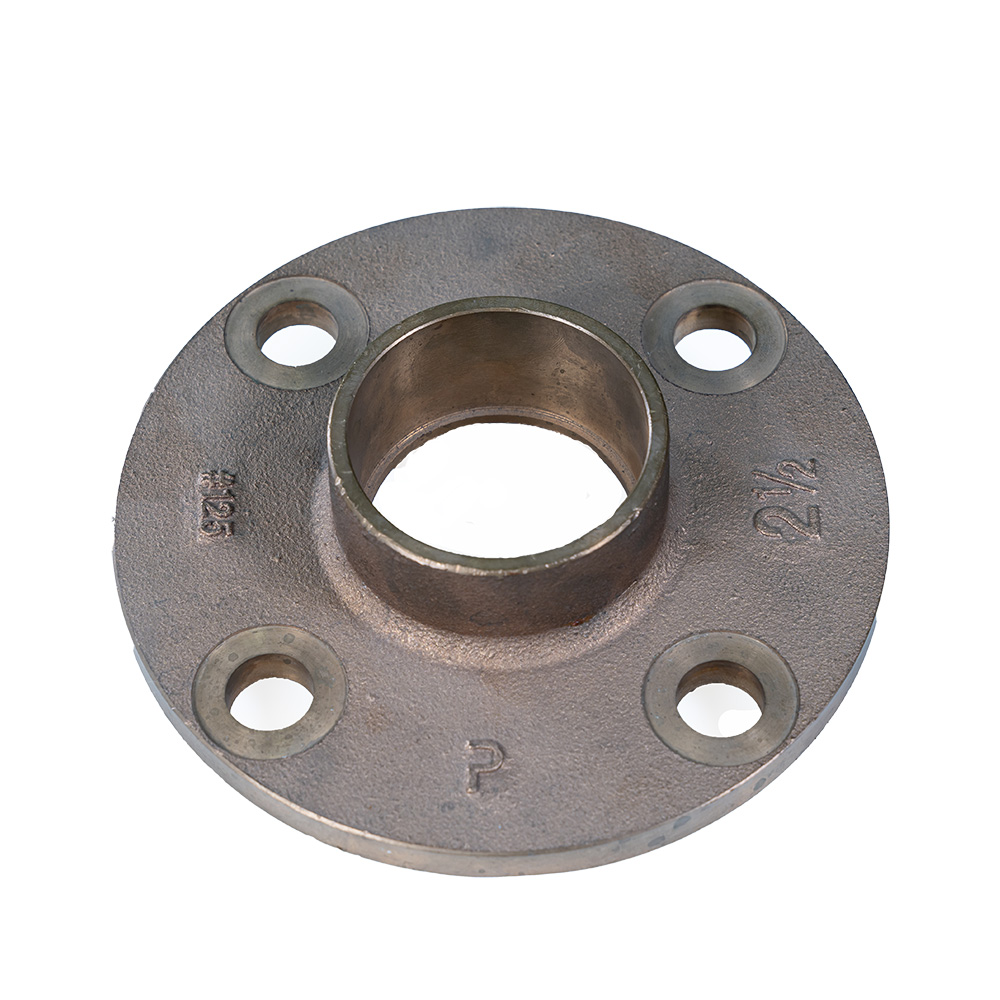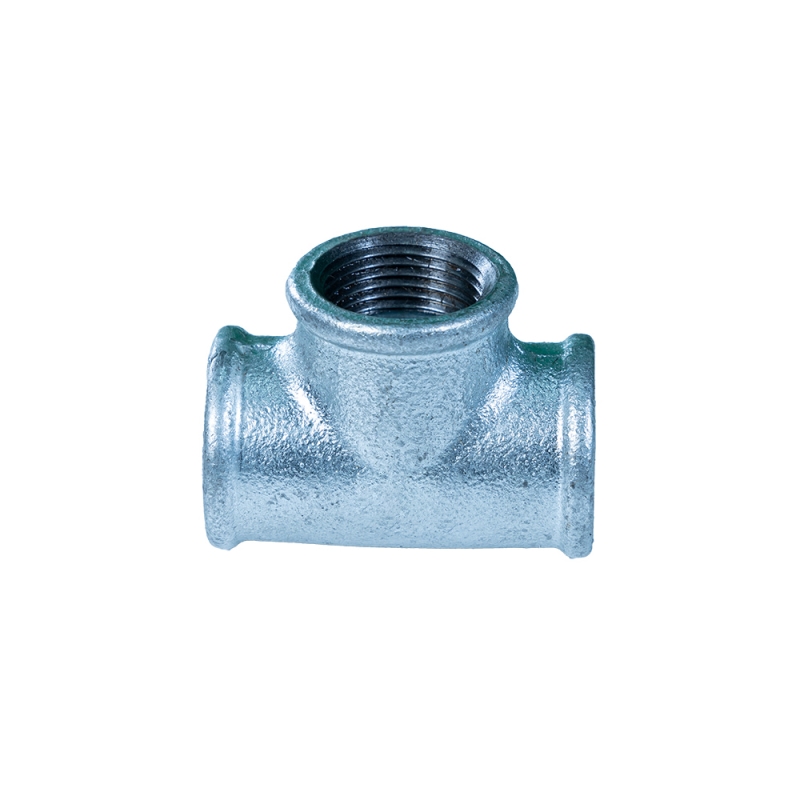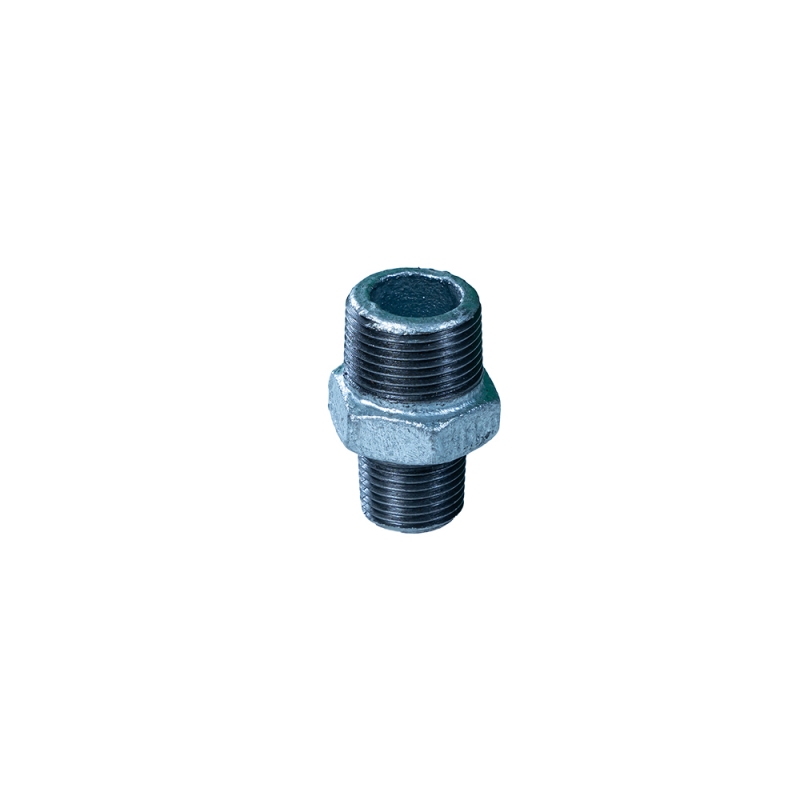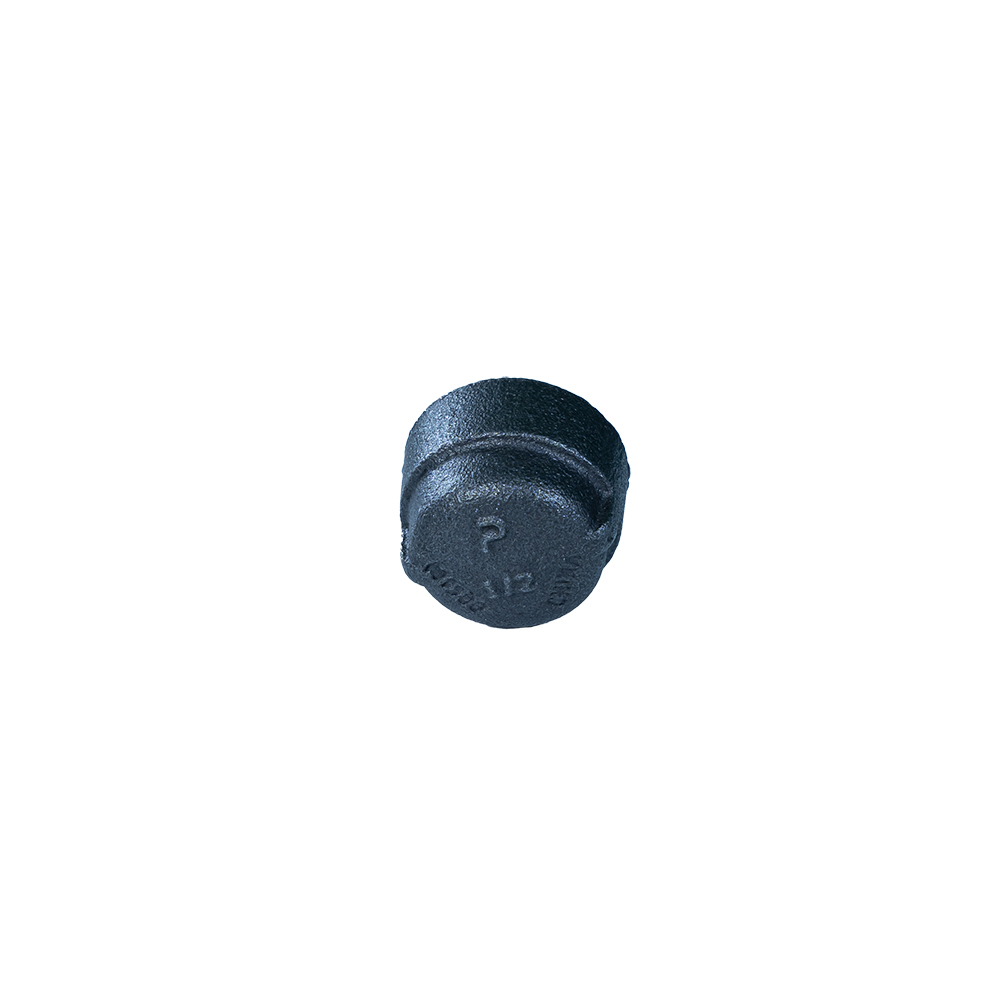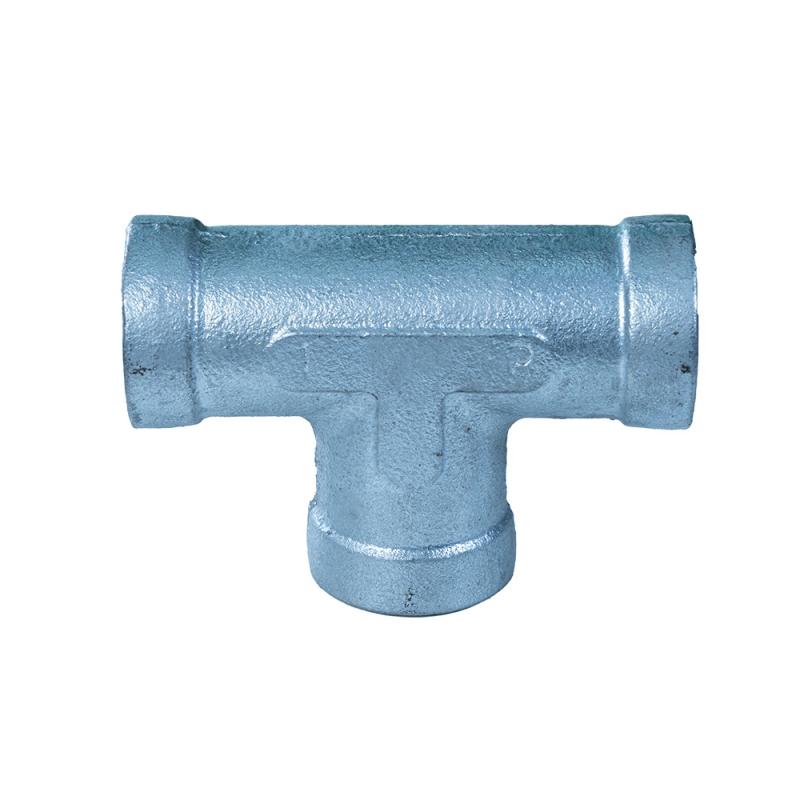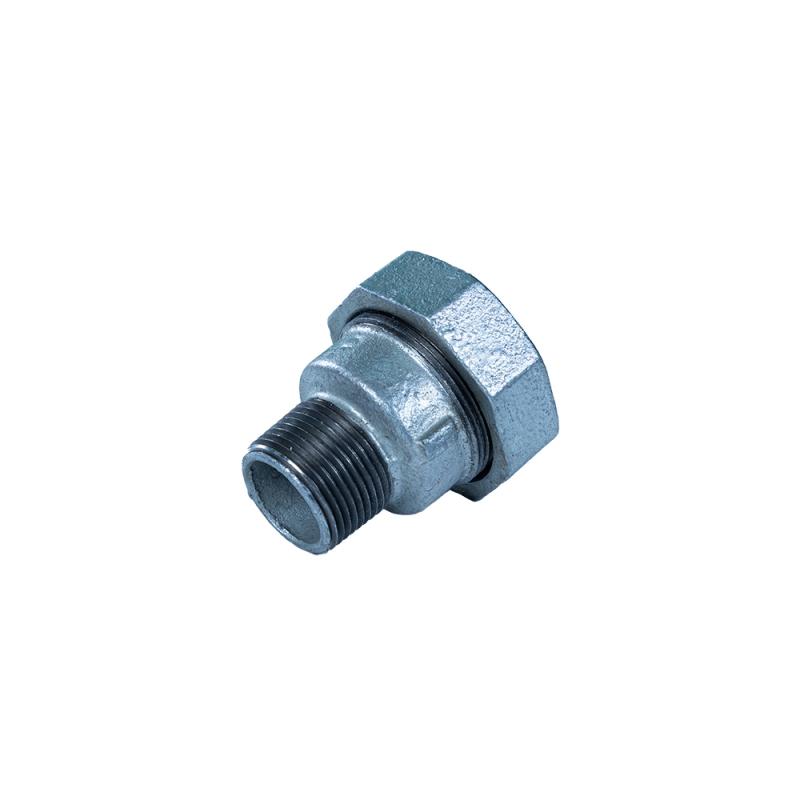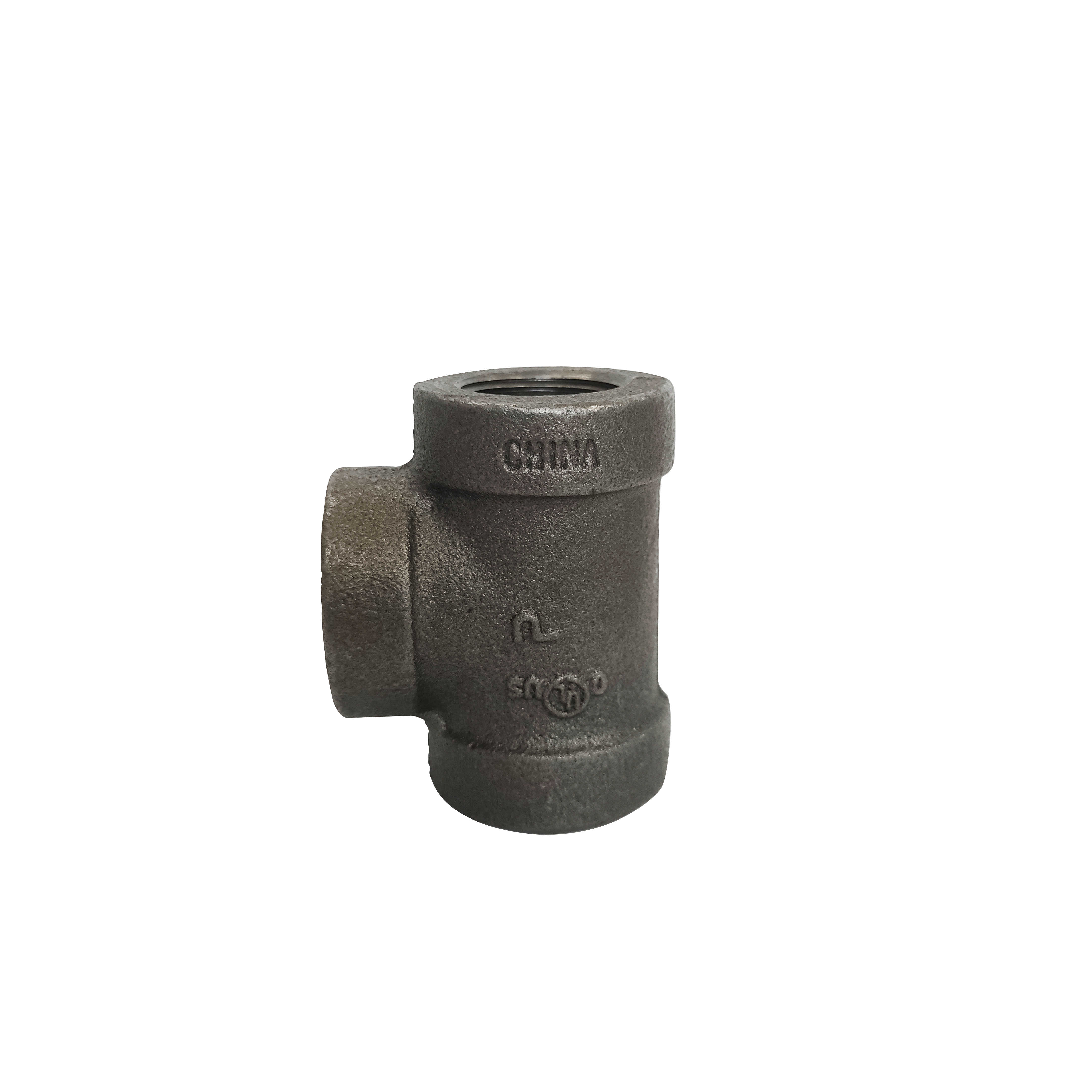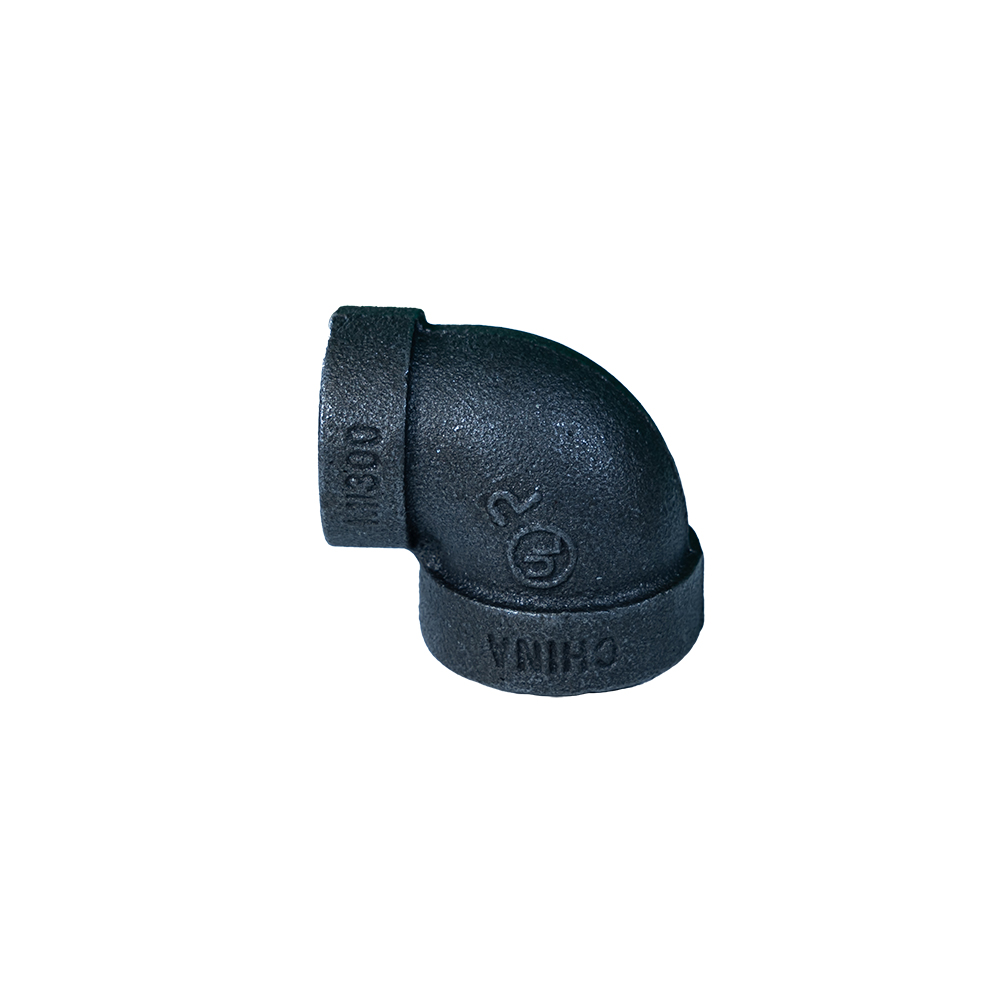In the ever-evolving world of plumbing, bronze pipe fittings continue to stand out as a timeless and reliable solution. Whether you're managing an industrial-scale piping project or a residential plumbing upgrade, the choice of fitting material is critical. Bronze, an alloy primarily composed of copper and tin, has been used for centuries due to its incredible resistance to corrosion, pressure, and extreme temperatures. These qualities make bronze pipe fittings a preferred option for a wide array of piping needs, especially in applications where water quality and longevity are paramount.
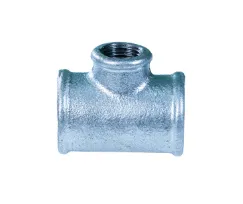
Unlike plastic or even some steel alternatives, bronze pipe fittings offer high mechanical strength and durability, even when exposed to varying water compositions, such as saltwater or chlorinated water. Their resistance to dezincification (a form of corrosion where zinc leaches out from brass alloys) makes them particularly suited for potable water systems. Moreover, bronze is inherently antimicrobial, which is crucial for maintaining water purity in sanitary applications. These characteristics have positioned bronze pipe fittings as a cornerstone in both historical and contemporary plumbing practices.
For those looking to ensure long-term system performance, minimal maintenance, and safety, investing in bronze pipe fittings offers peace of mind. Not only are they built to last, but their ability to withstand high pressures and temperatures makes them incredibly versatile for plumbing configurations across various sectors—including HVAC systems, marine plumbing, and fire protection systems.
Bronze Pipe Fittings as a Fitting Used to Connect Two Pipes of Different Diameters
In plumbing, one of the most frequent challenges involves joining pipes that are not the same size. Here, bronze pipe fittings play a crucial role as a fitting used to connect two pipes of different diameters. These transitional fittings allow engineers and plumbers to adjust piping systems smoothly without needing to redesign the entire layout. Reducing couplings, for example, are common bronze pipe fittings specifically designed to make such diameter transitions efficiently.
Using a fitting used to connect two pipes of different diameters is essential in multi-zoned plumbing systems where water flow requirements vary. Bronze is ideal for these fittings because of its ability to retain form and resist cracking under fluctuating stress. When water systems require steady pressure control between zones, or between main pipelines and branch lines, these transitional fittings are indispensable. Furthermore, bronze can be machined to extremely tight tolerances, ensuring a leak-proof and secure fit even in high-pressure applications.
Beyond their technical functionality, bronze pipe fittings used in this context also offer superior longevity compared to plastic or low-grade metal counterparts. They resist the thermal expansion and contraction that can cause other materials to fail, making them especially useful in hot water systems or steam lines. When using a fitting used to connect two pipes of different diameters, choosing bronze helps ensure not only compatibility but also long-lasting system integrity.
Exploring the Wide Range of Bronze Pipe Fittings Among the Kinds of Fittings in Plumbing
Among the numerous kinds of fittings in plumbing, bronze pipe fittings hold a vital place due to their versatility and reliability. From elbows and tees to unions and bushings, bronze fittings come in an array of configurations to meet specific plumbing needs. Each fitting type serves a unique purpose, allowing for directional changes, branching, and connection between different pipe sizes or systems. Their universal application across residential, commercial, and industrial plumbing makes them one of the most adaptable kinds of fittings in plumbing.
Bronze elbows, for example, are commonly used to change the direction of piping, usually by 45 or 90 degrees. These fittings are critical in systems that require routing through tight or angled spaces. Bronze tees and crosses allow for the connection of three or four pipelines, respectively, and are essential when distributing water to different locations from a single source. Adapters and bushings serve as a fitting used to connect two pipes of different diameters, offering even greater utility in complex setups.
What sets bronze pipe fittings apart from other kinds of fittings in plumbing is their corrosion resistance and mechanical strength. In marine applications, where fittings are constantly exposed to salt water, bronze's durability outperforms other materials. In potable water systems, bronze ensures the water remains uncontaminated, maintaining its taste and safety. The range of bronze fittings also supports various threading standards, making them compatible with a wide spectrum of pipe materials like copper, PEX, or steel.
Why Bronze Pipe Fittings Are a Preferred Choice for a Fitting Used to Connect Two Pipes of Different Diameters
The use of bronze pipe fittings as a fitting used to connect two pipes of different diameters is not just practical but also technically advantageous. In many plumbing installations, especially in older buildings or during retrofitting projects, the pipes involved are often of differing diameters. Installing a durable and precise fitting becomes crucial in such situations. Bronze, with its excellent machinability and consistent performance under pressure, proves to be the ideal material.
Bronze reducing adapters and couplings provide a tight seal and consistent flow, minimizing the risk of leaks and pressure drops. These fittings are often used in municipal water systems, HVAC setups, and industrial cooling systems where transitioning between pipe sizes must not compromise system integrity. One of the critical advantages of using a fitting used to connect two pipes of different diameters in bronze is the ability to maintain laminar flow, reducing turbulence and the associated wear on internal piping.
Moreover, bronze pipe fittings offer excellent thermal conductivity, which can be an asset in hot water applications where temperature consistency is vital. They also maintain their strength and dimensional stability over time, even when exposed to vibration, thermal cycling, or chemical exposure. These properties make them especially suitable for sensitive or mission-critical plumbing systems. When faced with complex piping transitions, opting for a bronze fitting used to connect two pipes of different diameters offers a blend of performance, reliability, and cost-efficiency.
Understanding the Role of Bronze Pipe Fittings Across Different Kinds of Fittings in Plumbing
Understanding where bronze pipe fittings fit into the broader category of kinds of fittings in plumbing helps highlight their importance in system design and implementation. While fittings made of PVC, CPVC, brass, or stainless steel each have their own advantages, bronze offers a unique combination of features that make it a go-to material for many professionals. It strikes an ideal balance between mechanical strength and workability, allowing it to serve in both routine and high-demand applications.
In terms of function, every plumbing system requires multiple kinds of fittings in plumbing to accommodate changes in direction, pressure, flow, or pipe size. Bronze pipe fittings often serve as the backbone for more critical functions due to their structural integrity and corrosion resistance. Whether it’s a reducing bushing, an elbow, or a threaded tee, bronze versions of these fittings provide dependable performance even in harsh environments.
Their compatibility with various piping materials further enhances their utility. For instance, a bronze pipe fitting might connect a copper cold-water line to a PEX hot water return loop using a combination of threading and compression sealing. This type of cross-material connection would be risky with plastics or lower-grade metals but is handled reliably by bronze. When exploring the full range of kinds of fittings in plumbing, the importance of bronze pipe fittings becomes undeniably clear in any robust, long-lasting plumbing solution.
Bronze pipe fittings FAQs
What are the main advantages of using bronze pipe fittings?
Bronze pipe fittings offer numerous advantages including high corrosion resistance, excellent durability, and antimicrobial properties. They're especially suited for use in potable water systems, marine environments, and high-temperature applications. Bronze is less likely to degrade over time compared to plastic or low-grade metals, making it a long-term solution for plumbing systems.
Can bronze pipe fittings be used with other types of piping materials?
Yes, bronze pipe fittings are highly versatile and can be used with copper, PEX, CPVC, and even some steel piping systems. They are available in various threading types and compression styles to ensure compatibility with different systems. Care must be taken to use the appropriate thread sealants or gaskets when connecting dissimilar metals.
Why are bronze fittings preferred for connecting two pipes of different diameters?
When choosing a fitting used to connect two pipes of different diameters, bronze is preferred due to its strength, precision, and corrosion resistance. These fittings create a reliable seal that withstands pressure changes and thermal expansion without cracking or leaking. Their machinability allows them to be manufactured with exact internal and external threads, ensuring a secure and leak-free connection.
How do bronze pipe fittings compare to other kinds of fittings in plumbing?
Among the many kinds of fittings in plumbing, bronze stands out for its longevity and performance in challenging environments. While plastic fittings may be easier to install and less expensive, they lack the durability of bronze. Stainless steel is another competitor, but bronze offers better antimicrobial properties and is often more cost-effective for residential or light commercial applications.
Are there any maintenance concerns with bronze pipe fittings?
Generally, bronze pipe fittings require minimal maintenance due to their corrosion-resistant nature. However, in systems with highly acidic or aggressive water, periodic inspections are recommended. It's also advisable to check for mechanical wear or thread loosening in high-vibration environments. With proper installation, bronze fittings can last decades with little to no issues.
Post time: Aug-21-2025


